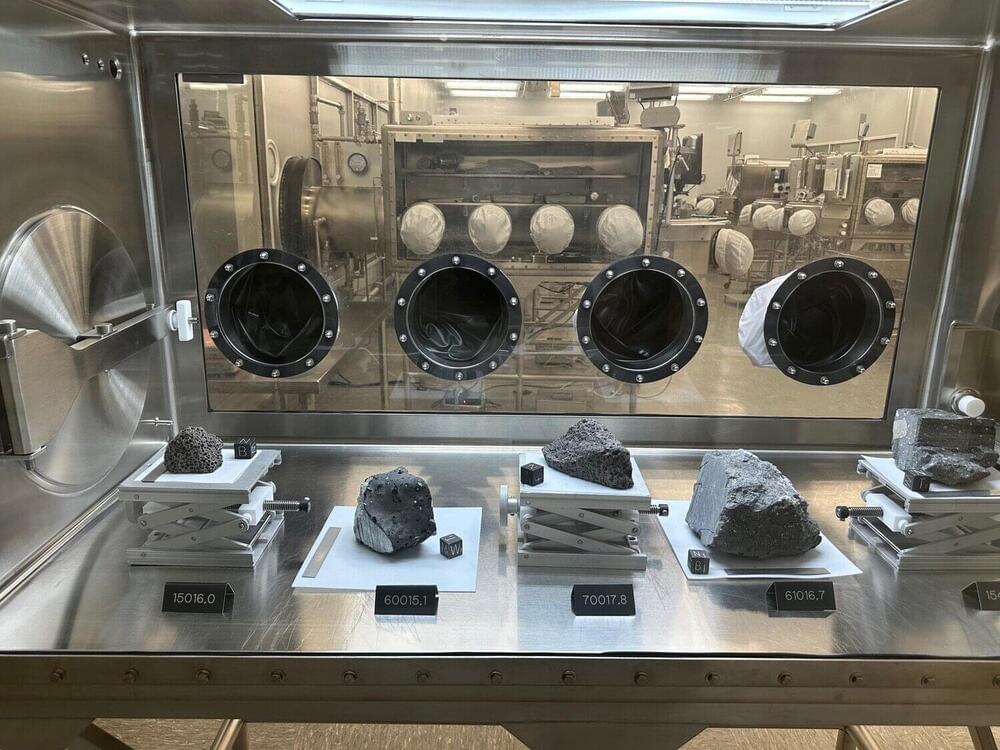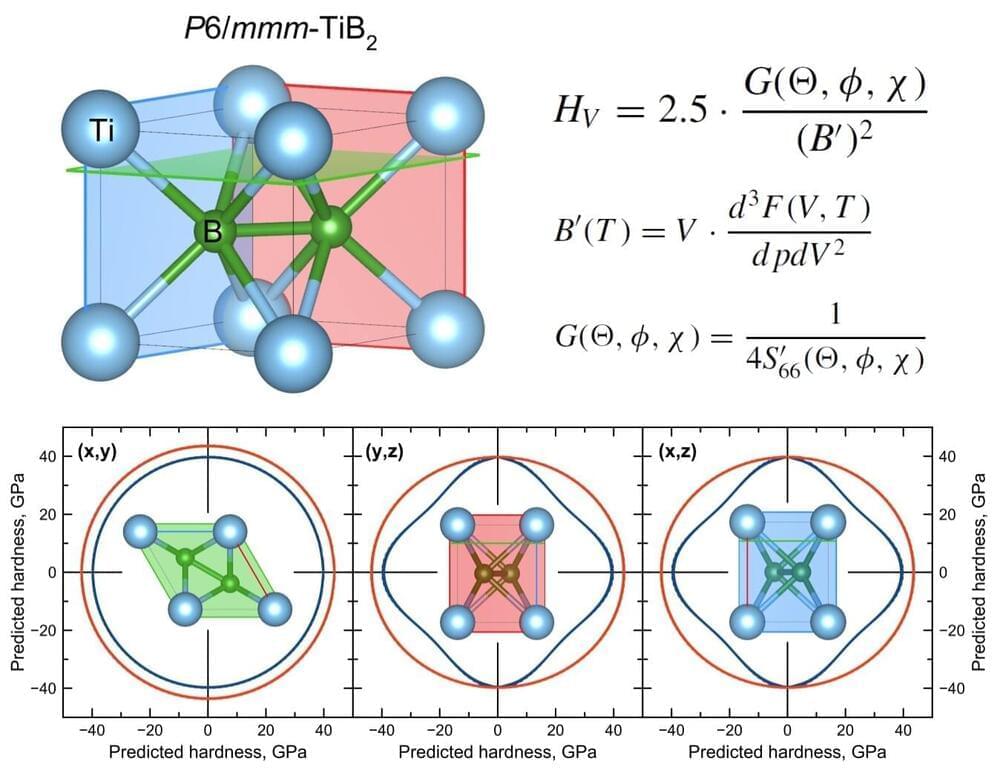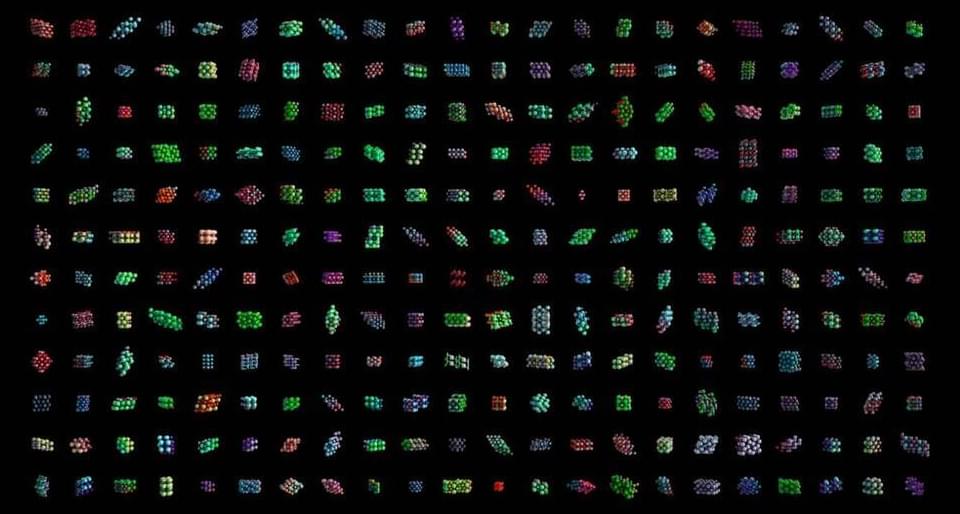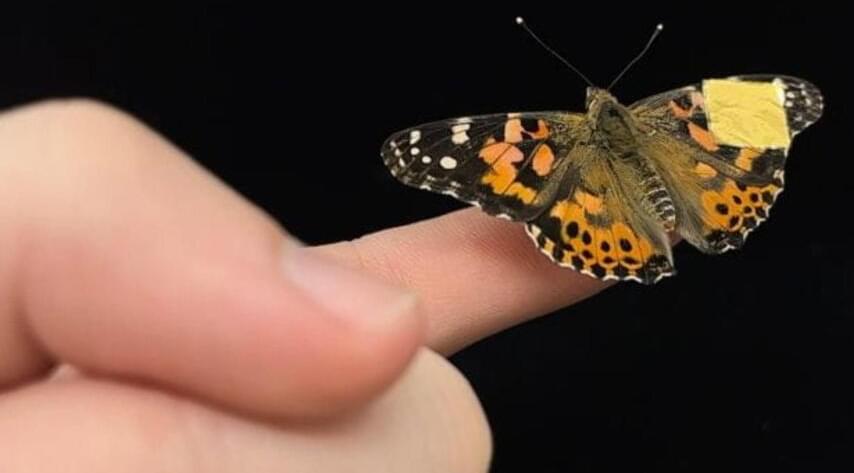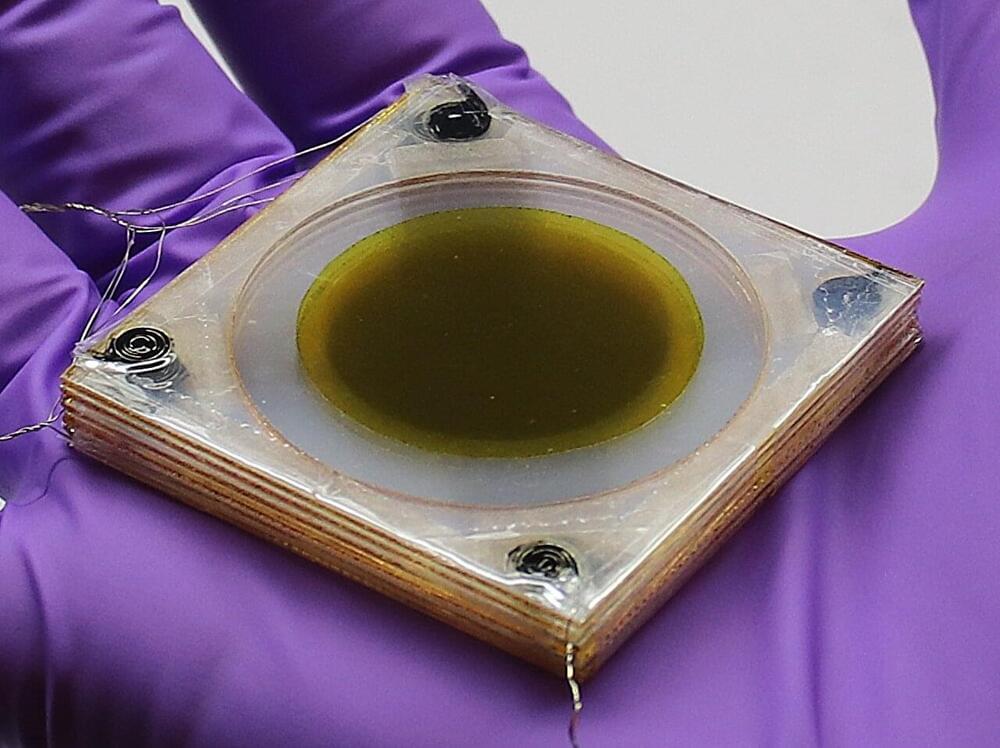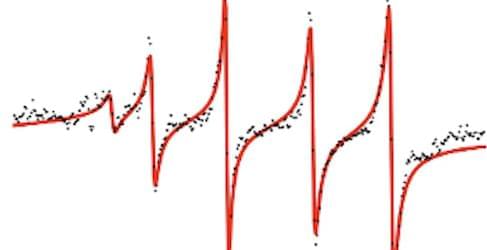A research team from the University of Göttingen and the Max Planck Institute for Solar System Research (MPS) has discovered another piece in the puzzle of the formation of the moon and water on Earth. The prevailing theory had been that the moon was the result of a collision between early Earth and the protoplanet Theia. New measurements indicate that the moon formed from material ejected from the Earth’s mantle with little contribution from Theia.
In addition, the findings support the idea that water could have reached Earth early in its development and may not have been added by late impacts. The results are published in the Proceedings of the National Academy of Sciences.
The researchers analyzed oxygen isotopes from 14 samples from the moon and carried out 191 measurements on minerals from Earth. Isotopes are varieties of the same element that differ only in the weight of their nucleus. The team used an improved version of laser fluorination, a method in which oxygen is released from rock using a laser.
